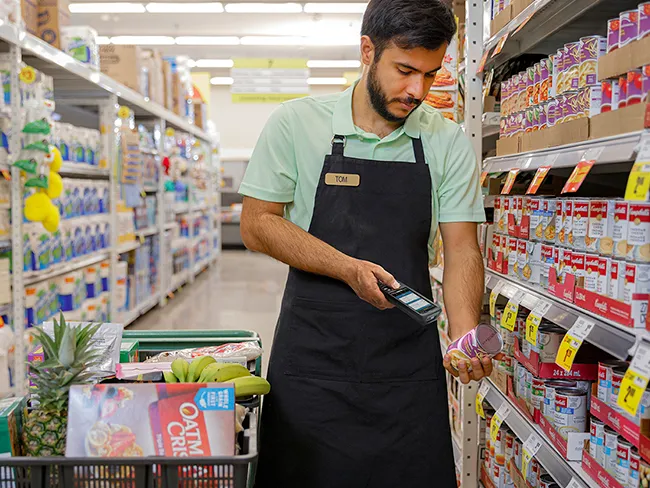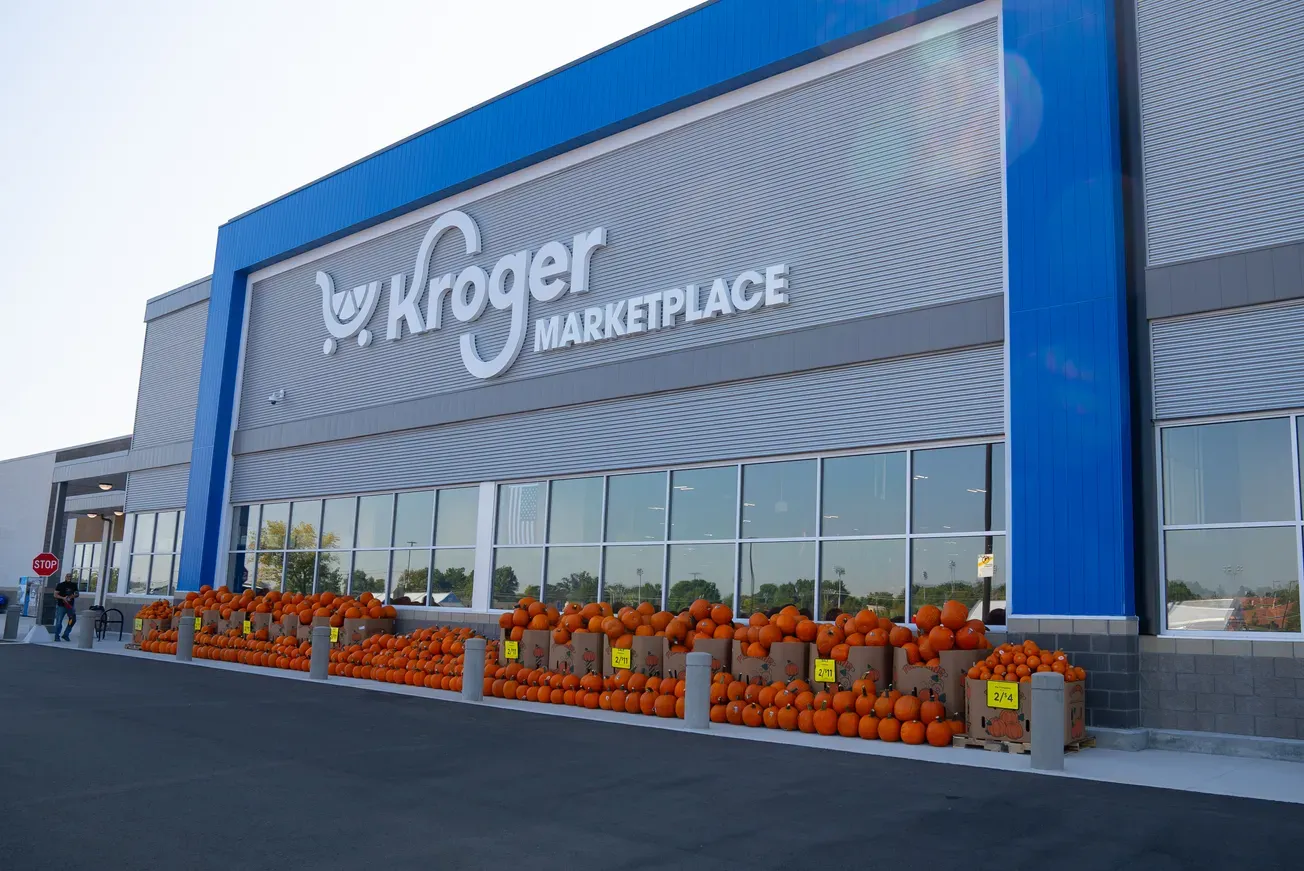
Matthew Guiste
The past few years have brought ongoing, unprecedented challenges for retailers. New concerns from higher costs and economic uncertainty to multiple global conflicts show just how connected our world is.
However, retailers have proven they’re resilient and creative, and know their customers better than ever. And with a less challenging macroeconomic environment predicted ahead, there’s room for some cautious optimism. Any uncertainty is further offset when innovative technology is factored in. Chief among them is artificial intelligence (AI). Though these are still the early days of understanding its potential — picture the internet in 1995 or mobile in 2002 — the changes will be profound in modern retail.
Retail’s very nature requires it to be agile and adapt to ever-changing consumer demands. Today that includes “channel switching” as PWC recently reported. Zebra’s “16th Annual Global Shopper Study” supports this, finding most shoppers (78%) prefer to blend going into stores and shopping online.
But retail 101 tells us that the foundation for success — optimized inventory, engaged people and satisfied customers — doesn’t change. It’s how retailers execute against these fundamentals that changes. And in modern retail today and beyond, it’s with technology from RFID to AI and more. Let’s take a look at how.
Strength from the core —
optimized inventory
Customers rated product availability and product selection as the top two reasons they chose to shop at a retailer’s store or online in Zebra’s Shopper Study. And when it comes to inventory, the stakes are higher than ever between consumers’ ability to shop instantaneously while retail loss and theft have reached unprecedented levels.
Retailers need to place the right orders (right amounts and assortments at the right time) and ensure real-time on-shelf availability, in-store fulfillment and asset protection. But they’re not there yet, as 84% of retail leaders surveyed in the Zebra study agree they need better inventory management tools to improve accuracy and availability.
RFID, while familiar to retail, is a key inventory solution, especially as the technology has evolved from tag size, cost and printability. Some mega retailers have mandated “source tagging” before accepting merchandise to be stocked. RFID counts inventory more efficiently, knows exact item locations and provides a better understanding of shrink. And most associates (82%) surveyed in Zebra’s study believe they can provide a better customer experience using ultrahigh frequency (UHF) RFID tags and readers.
AI is becoming a powerful inventory solution. Rather than just identifying issues from internal point-of-sale (POS) and inventory management systems, retailers can use AI data insights, prescribe actions and connect with workforce management task engines. This visibility allows a better analysis of loss vectors, including further back up the supply chain before items are in stores.
A connected associate is an engaged associate
A retailer’s largest investment — and key to winning and keeping customers — is its people. But many associate jobs are high effort/low reward, and many roles go unfilled or unfulfilled. Eight in 10 retailers in Zebra’s study say hiring and retaining staff is a significant challenge. This has a trickle effect, with 63% of shoppers expressing frustration from lack of help from store associates, and 61% of associates report feeling frustrated doing lower-value tasks instead of helping customers.
The solution? Human-centered automation, which means more bots and software to do the repetitive and tedious parts of a job, freeing associates for higher-value work: helping customers. By optimizing workforce management, powered by AI software, retailers can accurately forecast workforce needs, matched with appropriate skills and tenure to optimize schedules for employees and apply easy mechanisms for time off, shift swaps, etc. Streamlining communication task management can also improve overall efficiency by optimizing and simplifying task execution.
Workforce analytics help optimize scheduling, compliance, recruiting, training, performance management and payroll. Modern systems use AI and machine learning to simplify complex store workflows and build in real-time prioritization of the myriad tasks a retail associate could do at any moment. In fact, eight in 10 associates in Zebra’s study said they prefer daily tasks to be automatically prescribed versus figuring it out themselves. They also agreed being enabled with the latest technology helped them serve customers better and feel valued by their employer.
Done right, these tools can improve people’s jobs while also improving the customer experience and a retailer’s bottom line.
The modern customer
experience — using tech
When inventory is optimized and associates are engaged, the customer experience is elevated, making technology’s positive impact clear on the customer experience. In fact, most customers (74%) say they have a better experience when associates use the latest technology, and they are increasingly using tech-enabled options when shopping in stores. According to the shopper study, consumers are willing, prefer or have a growing affinity for self-checkout options, including contactless payments, in-store self-checkout, smartphone self-checkout, “anywhere checkout,” location-based coupons and electronic shelf labels.
Technology enables growing consumer behaviors and preferences from the ability to mobile order (which 85% say they have used), use curbside pickup and get in and out of stores as quickly as possible, as most shoppers (82%) prefer, as cited in Zebra’s study.
Advancing modern retail
The retail fundamentals may not change, but technology tools and software are key to driving the transformation of modern retail that’s expected today by customers and associates alike: inventory that is fully visible and optimized, associates who are better engaged, and customers who receive an elevated experience.
Matthew Guiste is the global retail technology strategist of Zebra Technologies.









